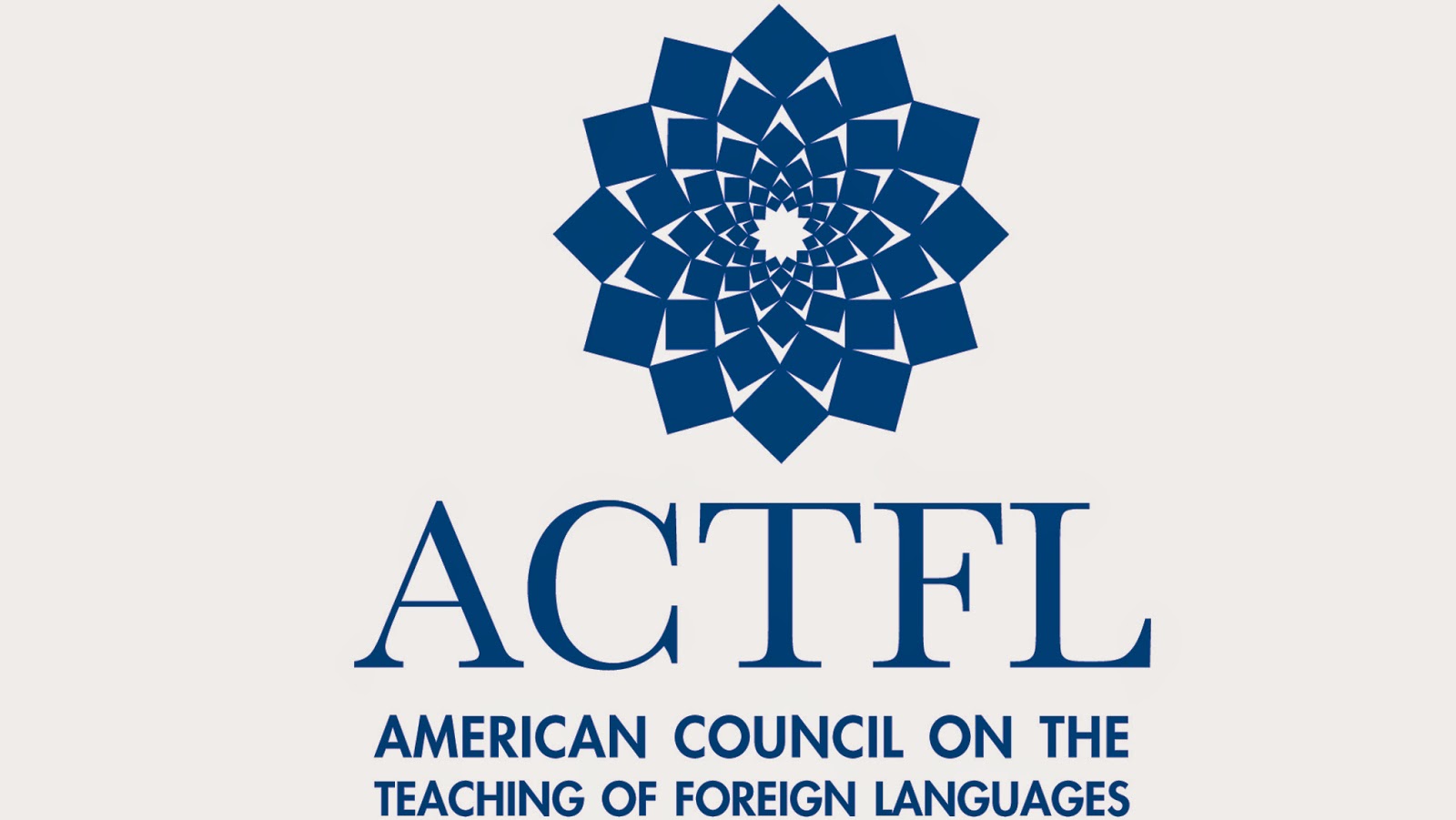Creating an interactive, thematic calendar for language learners using Thinglink and Google Drawings.
My objective was to provide an interactive "Calendrier de l'Avent" experience for my students. Each day, a student will click on a box and we'll explore the resource together.
I have previously written about using Thinglink with students, but I would like to share a new idea that involves a bit of "app-smashing."
App-smashing is when you use multiple web or mobile tools to create a final product. In this case, I used Google Drawings (in Google Drive) to create the base image of a snowy background and the gift boxes with numbers. I downloaded the image as a JPEG and uploaded to my Thinglink account.
I could have used an Advent calendar from Google images, but I chose to create my own template so I can use it for further ideas.
From there, I added tags with links to various cultural Web sites, videos, and interactive games. Thinglink is a "free" tool, but I chose to upgrade to the Educator account for $35/year. With this account type, a user has access to more icon types and is able to upload personalized icons. Teachers can create student accounts and provide users with passwords.
This type of activity does not involve too much technology know-how, but you should know:
1. How to search, save, and upload images with Google images (or)
2. How to search and insert images while in Google Drawing.
3. How to resize and position images.
4. How to create textboxes and change the font color and size.
5. How to download an image created in Google Drawing.
Go to "File" and "Download as" and choose JPEG or PNG. If you choose PDF, you will not be able to upload it in Thinglink.
6. How to copy/paste URLs (Web addresses).
Thinglink is an intuitive tool. Click on a space in your image, choose the icon type you prefer, add your URL to a video, image, or Web site, and save the tag. You may resize and move the icon as needed.
Many teachers use the calendar idea to provide extra support for students, ie. "flipping" the classroom. Please let me know if you have any questions on how to create an interactive experience for your students.
Bonne continuation!

































